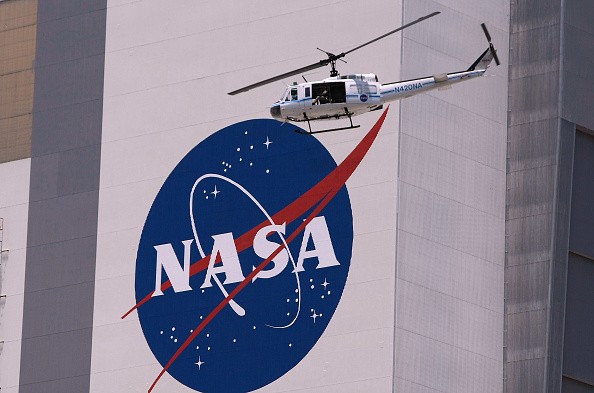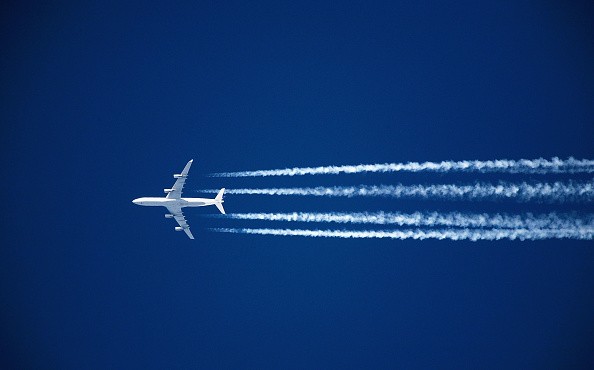NASA said that it will soon develop electric planes to make Earth flights more eco-friendly. The National Aeronautics and Space Administration confirmed that it has partnered with the aviation industry to make its plan a reality.

According to Yahoo Finance's latest report, NASA wants to focus on enhancing the modeling tools for future planes that use an EPA system or Electrified Aircraft Propulsion system. The space agency also said that it will soon advance future EAP aircraft design.
"The release of this request for proposals represents an important next step as NASA partners with industry to further mature critical EAP technologies through demonstrating integrated megawatt-class powertrain systems in flight," said NASA's Integrated Aviation System Program Director Lee Noble via NASA Gov's previous report.
NASA to introduce EAP fleets by 2035
NASA stated that it will introduce its EAP tech into global plane fleets when it is done with its innovation, which will showcase the systems in flight by 2035. As of the moment, the space agency said that it wants to use EAP in smaller airplanes.

These include single-aisle aircraft, turboprops, and regional jets. NASA said that the deadline for proposals of other companies is Apr. 20.
On the other hand, the space agency said that its studies revealed that electric planes can greatly reduce the energy use of different aircraft. NASA added that electrification of aircraft propulsion could also decrease nitrogen oxide and carbon emissions.
If NASA's new plan becomes successful, it will also have the same technology that most EV manufacturers are currently offering since their cars also produce fewer emissions that contribute to climate change.
Why NASA decided to build electric planes
The non-profit Air Transport Action Group explained that normal commercial airplanes produced around 900 million tonnes of carbon emissions way back in 2019. This contributed to 2% of all human-induced C02 emissions.
NASA's new plan came since more sustainable air travel has become a hot topic for aircraft regulators and manufacturers. The space agency is not the only one that wants to help reduce carbon emissions. Boeing also promised to fly all its aircraft on 100% sustainable fuels by 2030. The company said that it will use animal fats, agricultural waste, and vegetable oil.
For more news updates about NASA and its upcoming eco-friendly innovations, always keep your tabs open here at TechTimes.
This article is owned by TechTimes.
Written by: Giuliano de Leon.
ⓒ 2025 TECHTIMES.com All rights reserved. Do not reproduce without permission.




